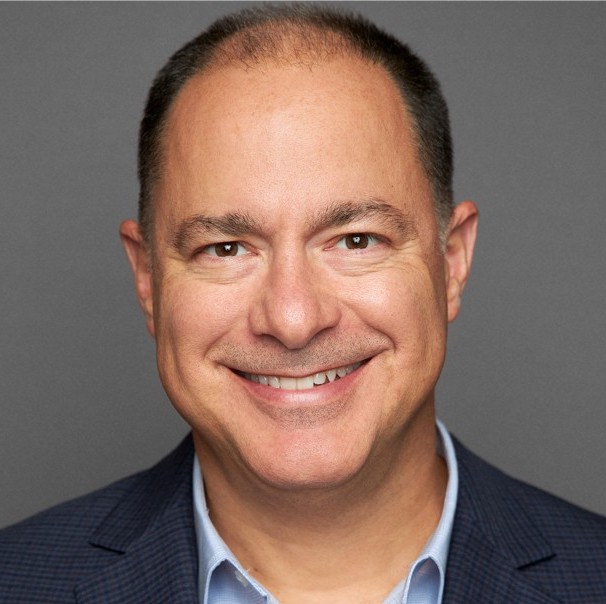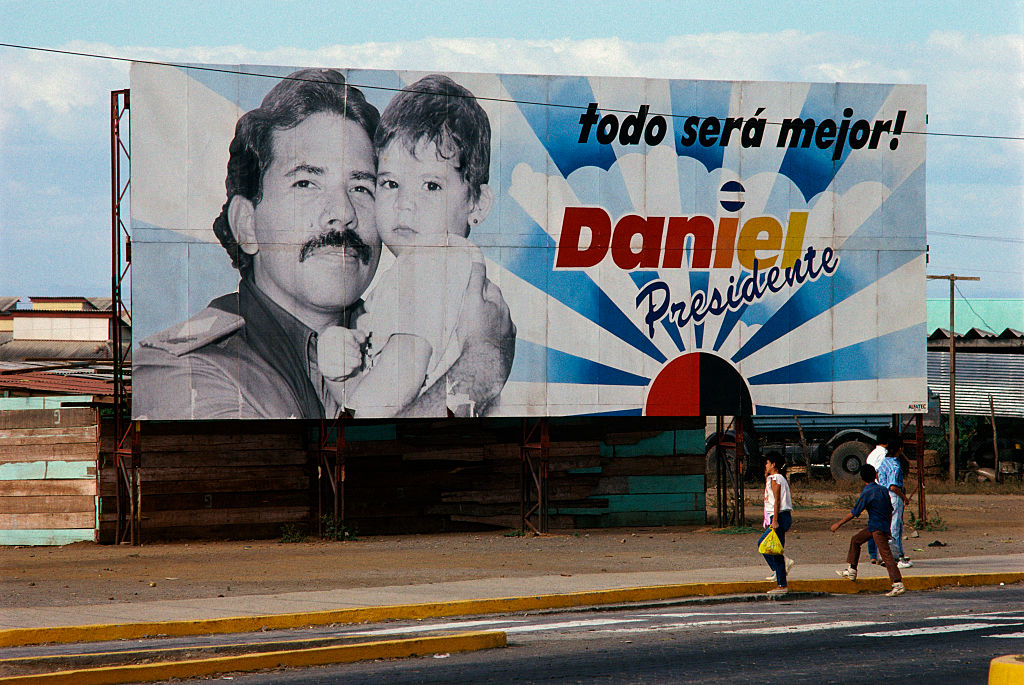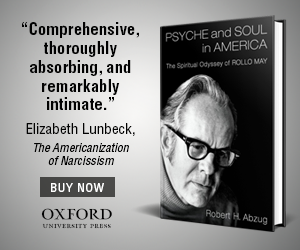This year marks the 35th anniversary of the Nicaraguan presidential election that drove the Sandinistas from power. I had a small part to play in the first election in world history that removed a communist regime via the ballot box.
Looking at Nicaragua today, many things remain the same. The country suffers the same grinding poverty, the same government oppression and corruption, and even the same Sandinista dictator, Daniel Ortega, who lost that historic election in February 1990—but later returned to power, and never forgot the “lessons” of his defeat.
At the time, the idea that Ortega might lose seemed unimaginable to most people. Following the proxy wars of the 1980s and with the Iron Curtain still very much in place, Central America—especially Nicaragua—was a crucial front in the battle between the United States and the Soviet Union. Unaware of how the world was about to change suddenly, the Sandinistas were extremely confident of victory and sought to legitimize their rule by holding free elections.
The 14-party opposition coalition chose Violeta Chamorro, editor of the influential La Prensa newspaper, as its candidate. Her husband had been assassinated by the Somoza dictatorship in 1978, and she was highly regarded by Nicaraguans of all stripes. But the Sandinistas, in power for the previous 10 years, held all the cards they needed to win the election: unlimited state resources to fund their campaign, the security and intelligence apparatus to harass and intimidate its opponents, and—save for La Prensa itself—all the means of mass communications.
Lacking resources or electoral experience, the opposition turned to the United States for assistance. A group of sympathetic congressmen marshaled some funds for a small, three-person team of U.S. campaign consultants to go help out. They needed someone who was young, inexpensive, had campaign experience and spoke Spanish. And that was how, in the fall of 1989, I boarded a flight to Managua.
The Nicaraguan capital still bore clear scars from 1972, when a deadly earthquake had destroyed the city and left 300,000 people homeless. Ortega’s predecessor, the reviled Somoza regime, pocketed all the relief aid sent from abroad; in the years since Somoza’s toppling in 1979, communism and war had prevented any meaningful rebuilding.
We turned to the only campaign tactics available in such a place: rallies and face-to-face contact with voters. For months, we crisscrossed the country in car and truck caravans with Doña Violeta and her running mate Virgilio Godoy, visiting every far-flung hamlet and holding rallies in town squares. Besides bypassing the regime’s media monopoly and allowing voters to see and hear our candidates, this strategy held another advantage: Nicaraguans began to lose their fear of Sandinista repression and believe their vote might make a difference.
Not that the Sandinistas didn’t try to instill fear. Townspeople were routinely threatened with reprisals or violence if they attended the rallies. At every gathering, groups of pro-government heavies—the so-called turbas divinas, or “divine mobs”—hung around the periphery to throw rocks into the crowd or beat up stragglers. Our campaign caravans were regularly blocked with felled trees and spikes across the road. We changed flat tires by the dozens.
Our small campaign team was under constant surveillance by the secret police—our phones were tapped, suspicious men trailed us everywhere we went, and documents and notes went missing from my rented room. One night while at the bar of the Intercontinental Hotel, where all the expats and foreign journalists hung out, state security head and Sandinista founding member Tomás Borge sat beside me and started making small talk while his heavily armed bodyguard stood menacingly inches behind my back. Knowing his reputation for ruthlessness and making dissidents disappear probably made me a lousy conversation partner.
A few weeks before election day, the Berlin Wall fell. To capitalize on the moment, Mrs. Chamorro traveled to Europe to raise support. She came back with a chunk of the wall, which featured prominently in her every public appearance for the remainder of the race as she assured the crowds that the Sandinistas would be the next brick to fall.
On the day of our closing rally in Managua, the Sandinistas found creative ways to stymie us. To hamstring our mobilization efforts, mandatory meetings of every railroad, bus, and truck drivers’ union in the country were called. To convince people to stay home, they aired Batman, the 2nd highest grossing film of 1989 and still showing in theaters in Latin America, on one over-the-air TV station. On the only other station in the country, they aired the now-legendary Mike Tyson-Buster Douglas boxing match, in which just two weeks earlier Tyson had suffered his first ever knockout and lost the undisputed world heavyweight champion crown.
On election day, Mrs. Chamorro won a landslide victory (55%-41%) that stunned the world—but not her campaign team. Ortega learned too late that in dictatorships, voters don’t share their intentions with pollsters. There were many reported incidents of government intimidation and voter suppression around the country, but apparently—due to Sandinista overconfidence—no systematic effort to steal the election. We heard from contacts in the Sandinista bunker that Fidel Castro made an irate call to his protégé Ortega that night, berating him for fooling around with “bourgeois nonsense” like elections.
The other, less felicitous word in our bunker was of Jimmy Carter’s shuttle diplomacy to get Ortega to accept the results and give up power. The former president was leading his first high-profile mission since the Carter Center had starting observing elections a few months before. Sadly, Carter persuaded Chamorro, against the near-unanimous opposition of her advisers, to accept continued Sandinista control of the military and the intelligence services as the price for their cooperation. As a result, she was undermined from within her own government from day one.
Daniel Ortega returned to power in 2007 and never again repeated the “bourgeois nonsense” of 1990. He immediately set about consolidating his grip on every institution of government. He took control of the legislature, appointed a docile Supreme Court to brush aside all constitutional impediments to his continued rule, and installed an equally malleable Supreme Electoral Council to rubber stamp his several rigged reelections. He co-opted, imprisoned, or banned any political opposition figure that might have threatened his hold on power—including Doña Violeta’s daughter Cristiana, who has been held under house arrest since she tried to run for president in 2021. And he engineered a brutal crackdown on internal dissent that has sent an estimated 10% of the Nicaraguan population into exile. His mentor Fidel Castro, who lived just long enough to see Ortega’s return to power, would have been proud.






